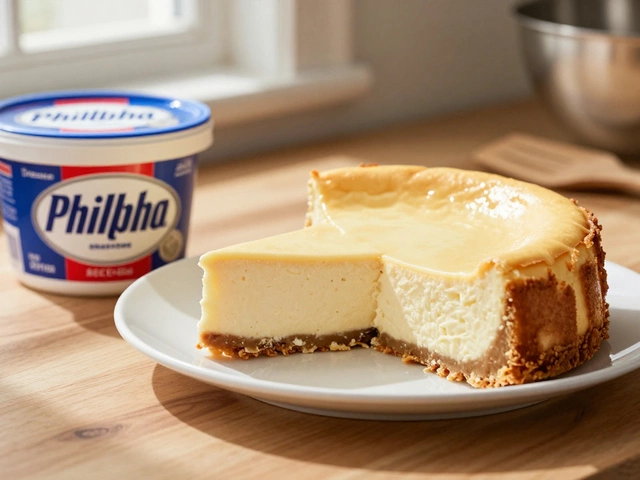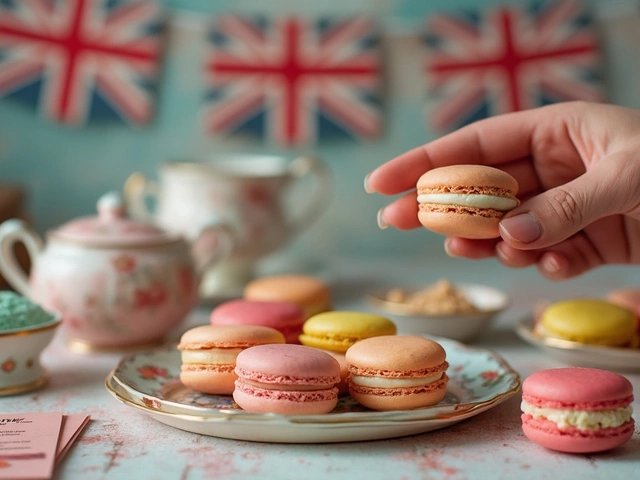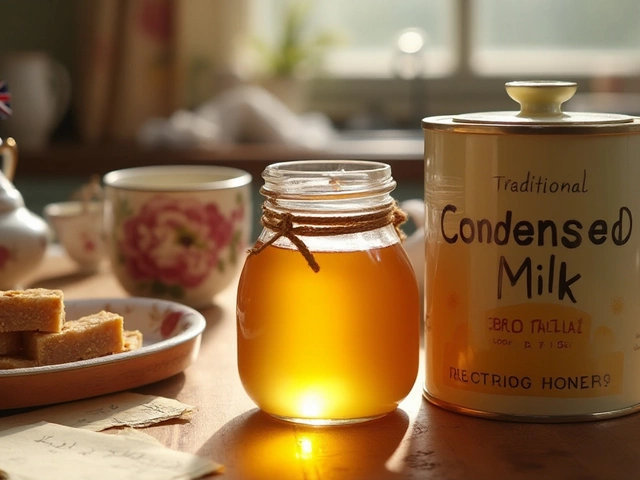Eggs: The Baking Superhero
When you bake a cake, a batch of brownies, or even a simple cookie, eggs are often the secret weapon that holds everything together. They add structure, moisture, and a little lift. If you’ve ever wondered why a recipe calls for an egg, or how to swap it out, you’re in the right spot.
First off, eggs do three main jobs in baked goods. They bind ingredients so the batter doesn’t fall apart. They trap air when you whisk them, which helps cakes rise. And they add moisture, keeping the final product from being dry. Knowing which job matters most for a recipe lets you handle the egg the right way.
How Eggs Work in Different Baked Goods
In brownies, the goal is a fudgy texture. A single large egg gives enough moisture and a bit of binding without making the batter too airy. If you want a cakey brownie, add another egg or two – the extra protein creates more structure and a lighter crumb.
For cakes, especially sponge or chiffon styles, you’ll often see the recipe call for separating the whites from the yolks. Whipping the whites creates a foam that lifts the batter, while the yolks add richness. If you skip the whipping step, the cake will still bake, but it won’t be as fluffy.Cookies behave a bit differently. A lot of cookie recipes use just the yolk or a whole egg to keep them soft. If you’re after a chewy cookie, you might add an extra egg yolk. If you want a crisp edge, reduce the egg or replace part of it with a little oil.
Egg Alternatives for Every Diet
Not everyone can or wants to use eggs. Luckily, there are simple swaps that work in most recipes. For binding, try a mashed banana (¼ cup per egg) or applesauce (¼ cup). Both add moisture, but the banana will give a subtle flavor.
If you need leavening, mix 1 tablespoon of ground flaxseed with 3 tablespoons of water and let it sit for five minutes. This “flax egg” mimics the airy quality of whisked eggs. It works well in brownies, muffins, and quick breads.
Commercial egg replacers are another option. They’re made of starches and leavening agents, so they behave similarly to real eggs in cakes and cookies. Just follow the package instructions – usually one teaspoon of replacer plus two teaspoons of water per egg.
When you’re experimenting, keep an eye on texture. If a batter feels too thick, add a splash of milk or water. If it’s too runny, sprinkle in a bit more flour. Small adjustments make a big difference.
Remember, the best way to learn is by trying. Start with a simple vanilla cake, swap the egg for a flax mixture, and see how the crumb changes. Then move on to brownies and test a banana mash. You’ll quickly get a feel for how eggs, or their alternatives, shape each bake.
So next time you see an egg on a recipe card, think of it as the glue, lift, and moisture booster rolled into one. Use it wisely, or swap it out with a handy alternative, and you’ll keep your cakes, brownies, and cookies tasting great.






